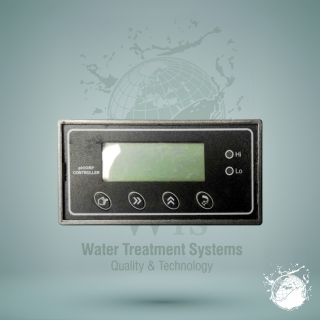HYDRANAUTICS MEMBRANES
Hydranautics membranes are designed for water treatment systems and are comprised of a thin film of polymeric materials cast on a fabric frame many times Angstroms thick.
Related products
-
Read more
Polyglass Tanks are the ideal pressure vessels for water softener, filter, residential, semi-industrial and light commercial applications. There are also low and high pressure membranes, as well as low and high energy.
-
Read more
The pH meter is an instrument used to measure the acidity or alkalinity of a solution. The conductivity meter is truly a multi-capability device for water quality inspection.
-
Read more
They are ideal for pre and post reverse osmosis filtration processes; also for residential water filtration systems, restaurants and industrial applications.
-
Read more
The main line filter is placed after the tank and is responsible for removing contamination, oil vapors coming from the compressor, and water. It is of vital importance since if it is not present, the liquid and solid particles would enter the circuit, damaging the components present in it.
- 320 880 2996
- 950 - 2964






